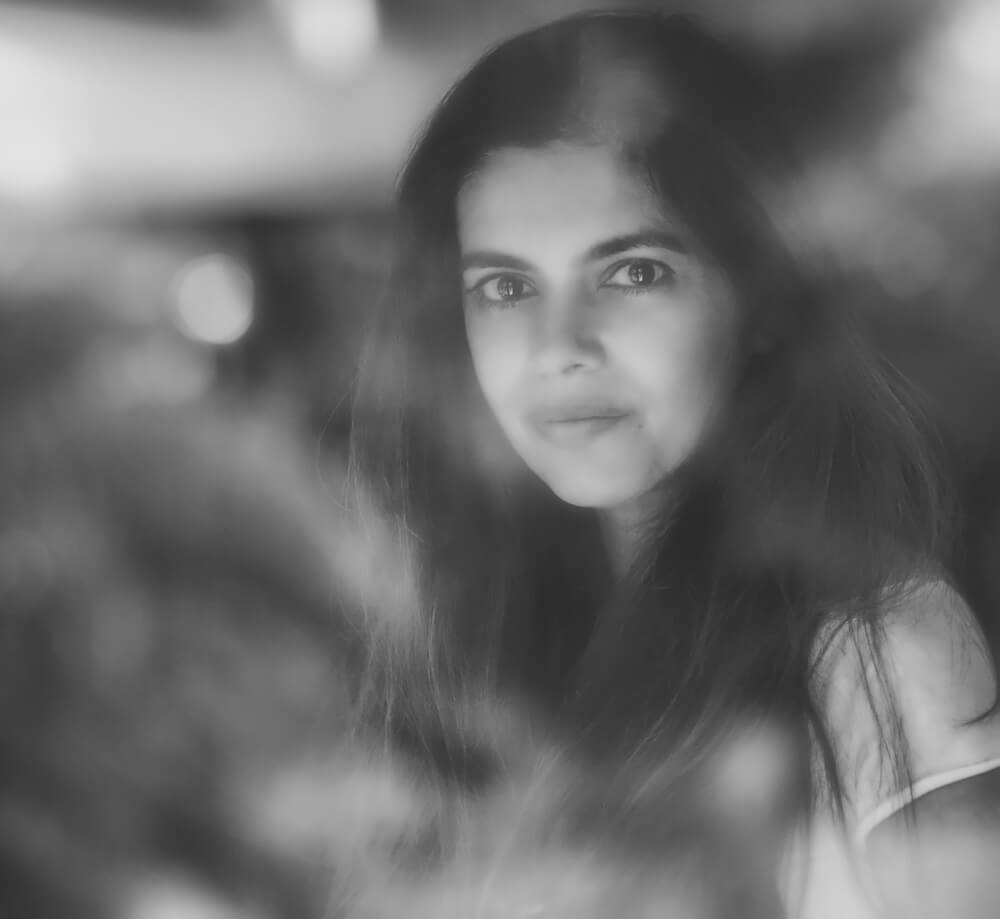Rohina is a fine art photographer whose practice uses portraiture and the natural world to investigate themes of identity, home, adolescence and the female experience.
Born in India and raised in New Jersey, Rohina grew up in a family of doctors spanning three generations. While an undergraduate at Brown University, Rohina also studied photography at the Rhode Island School of Design and she was a staff photographer for the Brown Daily Herald. A graduate of Brown University Medical School and resident at UCLA Medical Center, her training led to a career as a neurologist.
A skilled observer of her patients, Rohina was instilled with a deep and unique appreciation of the human experience. Her ability to forge the sacred trust between doctor and patient has been instrumental in fostering a parallel connection between photographer and subject.
Rohina published her first monograph Hair Stories with Damiani Editore (February 2019) accompanied by a solo exhibition at Brown University’s Alpert Medical School. Hair Stories is held in many notable public collections including the Metropolitan Museum of Art, Getty Research Institute, Cleveland Institute of Art, and over 25 university libraries.
Her second monograph, Embrace, with Schilt Publishing was released October 2022 (Europe) and January 2023 (U.S.) with a solo show of this work at the Griffin Museum of Photography (April 2023).
In 2021, she was the winner of the Purchase Award with Atlanta Photography Group and several of her prints from her Generation 1.75 project were acquired by the High Museum of Art in Atlanta, Georgia.
Her photographs have been exhibited in juried group shows both nationally and internationally in venues such as The Center for Fine Art Photography, Griffin Museum, Atlanta Photography Group, Colorado Photographic Arts Center, Los Angeles Center for Photography, Photo LA, and A. Smith Gallery. She has received numerous awards and has been published in Marie Claire Italia, F-Stop Magazine, Lenscratch, Shots Magazine, Dodho Magazine and Aesthetica Magazine among others.
